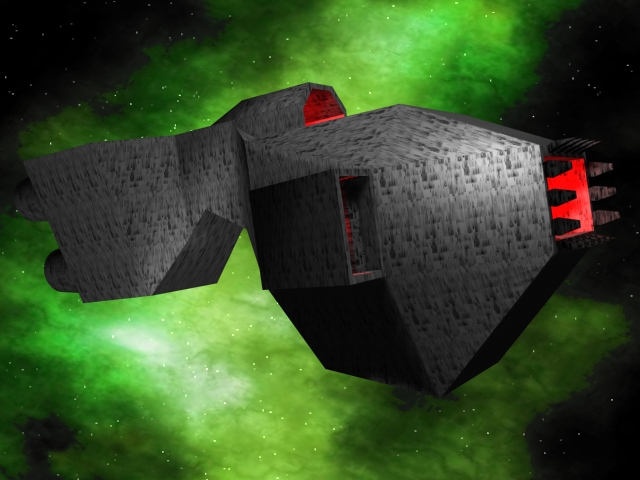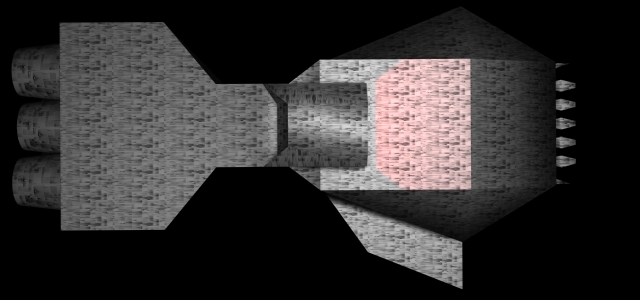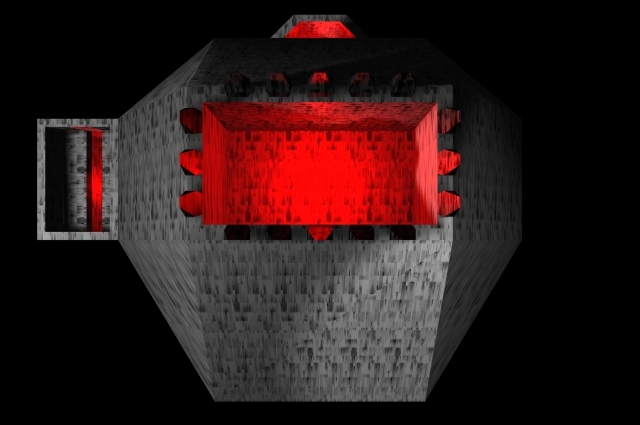|
|
|

| CLASSIFICATION: | Supercarrier |
| LENGTH: | 3,500 metres |
| TONNAGE: | 500 million tonnes |
| MANOEUVERABILITY: | Class A |
| CREW: | 1500 |
| TROOPS: | 0 |
| FIGHTER(s): | Interior Drone Launch Bays (house 10,000,000 drones) |
| POWER SOURCE: | 24 Tokamak Corp. Ultima 3000 Gravimetric Fusion Reactors - 4,000,000 Terawatts |
| DURATION: | 24 months before refuelling |
| WEAPONS: | 6 Helios class Ion Plasma Cannons on Universal Weapons Banks |
| DEFENCES: | 20 to 25 metre Advanced Daemon Re-Enforced Armour - EM/Gravimetric Field Defence Grid - FLAK Anti-starfighter Grid - IMPS Defence Satellites |



Pictured is the EAS Hive, the first Legion put into service.